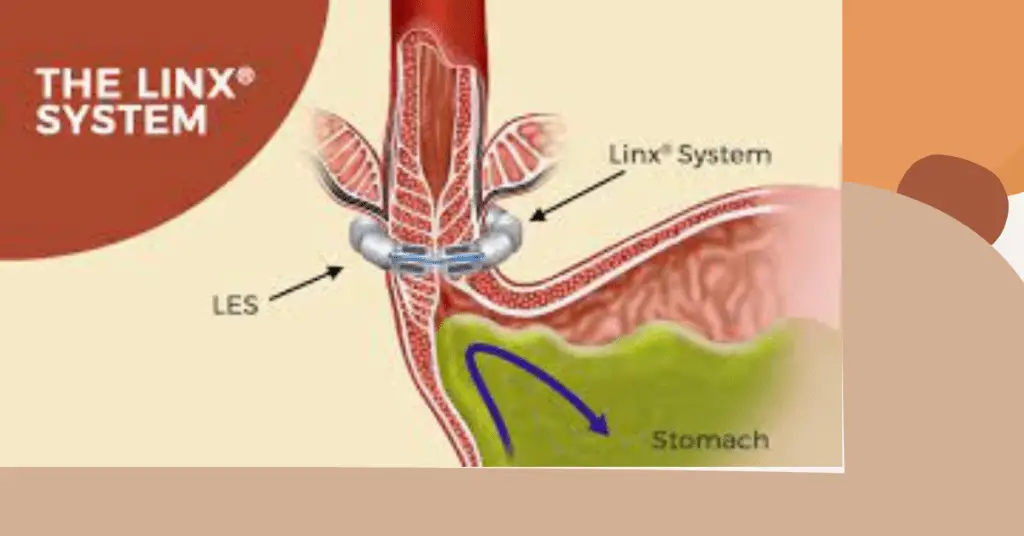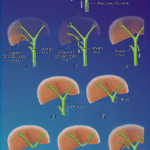Introduction
Linx surgery, also known as the LINX Reflux Management System, is a minimally invasive surgical procedure used to treat gastroesophageal reflux disease (GERD). It involves the placement of a small flexible ring of magnetic beads around the lower end of the esophagus, which helps prevent the reflux of stomach acid into the esophagus. While LINX surgery offers potential benefits for GERD patients, it also comes with certain drawbacks. In this article, we will explore the pros and cons of LINX surgery to help you make an informed decision.
What is LINX Surgery?
LINX surgery is a procedure designed to provide long-term relief for individuals suffering from GERD, a condition characterized by the reflux of stomach acid into the esophagus. It involves the implantation of a small, flexible ring of magnetic beads around the lower esophageal sphincter (LES). The magnetic attraction between the beads helps keep the LES closed, preventing acid reflux while allowing food to pass through.
The Pros of LINX Surgery
1. Reduction in GERD Symptoms
LINX surgery has shown promising results in reducing the symptoms of GERD, such as heartburn, regurgitation, and chest pain. Patients often experience significant improvement or complete resolution of these symptoms, leading to an enhanced quality of life.
2. Preservation of Natural Anatomy
Unlike some other surgical interventions for GERD, LINX surgery preserves the natural anatomy of the esophagus. The magnetic ring does not alter the function of the LES or affect the ability to swallow. This preservation of normal anatomy is an advantage over more invasive procedures.
3. Minimally Invasive Procedure
LINX surgery is a minimally invasive procedure performed using laparoscopy. It requires only a few small incisions in the abdomen, reducing the risk of complications, pain, and scarring compared to open surgery. The minimally invasive approach also contributes to shorter hospital stays.
4. Short Recovery Time
Due to the minimally invasive nature of the procedure, the recovery time after LINX surgery is relatively short compared to traditional open surgery. Most patients can resume their normal activities within a week or two, depending on their individual healing process.
5. Reduction in Medication Dependency
One of the benefits of LINX surgery is the potential reduction in the need for long-term medication use. Many patients find that after the procedure, they require fewer or no medications to manage their GERD symptoms, eliminating the associated costs and potential side effects.
6. Improved Quality of Life
By reducing or eliminating GERD symptoms, LINX surgery can significantly improve a patient’s quality of life. The ability to eat and drink without discomfort or fear of acid reflux can lead to increased enjoyment of meals, better sleep, and overall improved well-being
The Cons of LINX Surgery
1. Risk of Complications
As with any surgical procedure, LINX surgery carries some risks of complications. These may include difficulty swallowing, bloating, nausea, or an allergic reaction to the magnetic device. While rare, these complications should be discussed with the surgeon before making a decision.
2. Limited Long-Term Data
Although LINX surgery has shown promising short-term results, there is still limited data on its long-term effectiveness. While studies have demonstrated positive outcomes up to several years post-surgery, more research is needed to understand its durability over a longer period.
3. Incompatibility with Certain Medical Conditions
Not all individuals with GERD are suitable candidates for LINX surgery. Patients with certain medical conditions, such as an anatomical abnormality of the esophagus or a compromised immune system, may not be eligible for the procedure. A thorough evaluation by a qualified surgeon is necessary to determine candidacy.
4. Need for Revision Surgery
In some cases, the magnetic ring may need to be adjusted, removed, or replaced due to complications or inadequate symptom control. This can require revision surgery, which adds to the overall cost and potential risks associated with the procedure.
5. Cost of the Procedure
LINX surgery is a specialized procedure and may be more expensive than other treatment options for GERD. Insurance coverage may vary, and it is essential to consider the financial implications of the surgery before making a decision.
6. Skill and Experience of Surgeon
The success of LINX surgery heavily relies on the skill and experience of the surgeon performing the procedure. It is crucial to choose a surgeon who specializes in GERD and has a proven track record in performing LINX surgeries to ensure optimal outcomes.
Conclusion
LINX surgery offers several potential benefits for individuals suffering from GERD, including a reduction in symptoms, preservation of natural anatomy, and a minimally invasive approach. However, it is not without its drawbacks, such as the risk of complications, limited long-term data, and the need for revision surgery. Before opting for LINX surgery, it is important to have a thorough discussion with a qualified surgeon, weighing the pros and cons of linx surgery based on your individual circumstances.
FAQs
- Is LINX surgery a permanent solution for GERD?
- LINX surgery is designed to provide long-term relief for GERD, but the durability of the procedure over a lifetime is still being studied.
- How long does the LINX surgery procedure take?
- The actual surgery typically takes around one to two hours, depending on the complexity of the case.


